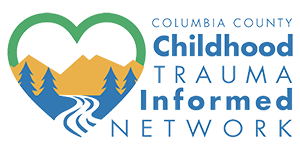Childhood trauma is common. More than two thirds of children in the United States experience a traumatic event or circumstances—such as abuse or neglect, death of a loved one, or community violence—by the time they turn 16. Young children (birth to age five), in particular, are disproportionately exposed to traumatic events and circumstances.
While many children return to normal functioning after a traumatic event, others show symptoms of posttraumatic stress. These children are more likely to suffer harmful long-term consequences, including serious impairments in mental and physical health, when not met with understanding and trauma-appropriate responses from adults.
Trauma-informed care (TIC) encompasses a variety of approaches to working with children exposed to traumatic events or conditions. Research suggests that TIC is associated with considerable benefits for children and their families, including reductions in children’s behavior problems and posttraumatic stress.

